Filter by
You must be a CTBUH Member to view this resource.
One World Trade Center
World Trade Center North Tower
Building
Demolished
10048
office
steel
417.0 m / 1,368 ft
110
99
8 m/s
The Design Engineer is usually involved in the front end design, typically taking the leadership role in the Schematic Design and Design Development, and then a monitoring role through the CD and CA phases.
You must be a CTBUH Member to view this resource.
Usually involved in the front end design, with a "typical" condition being that of a leadership role through either Schematic Design or Design Development, and then a monitoring role through the CD and CA phases.
The Design Engineer is usually involved in the front end design, typically taking the leadership role in the Schematic Design and Design Development, and then a monitoring role through the CD and CA phases.
The main contractor is the supervisory contractor of all construction work on a project, management of sub-contractors and vendors, etc. May be referred to as "Construction Manager," however, for consistency CTBUH uses the term "Main Contractor" exclusively.
World Trade Center: One WTC Office Building Tour
28 October 2015 - Event
World Trade Center: Urban Domain Tour
28 October 2015 - Event
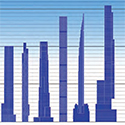
20 October 2016 | New York City
Singularly Slender: Sky Living in New York, Hong Kong, and Elsewhere
Thursday October 20, 2016. Hong Kong, China. Carol Willis of The Skyscraper Museum in New York City presents at the 2016 China Conference Plenary 7:...
 Buildings.jpg)
28 October 2019
World’s Biggest (Tall) Buildings
Carol Willis, The Skyscraper Museum
In both professional circles and in the public eye, the subject of the World’s Tallest Building (WTB) has held the spotlight for more than a...

20 October 2016 | New York City
Singularly Slender: Sky Living in New York, Hong Kong, and Elsewhere
Thursday October 20, 2016. Hong Kong, China. Carol Willis of The Skyscraper Museum in New York City presents at the 2016 China Conference Plenary 7:...

17 October 2016 | New York City
Structural & Geotechnic Engineering Q&A
Monday, October 17, 2016. Shenzhen, China. William O'Donnell, DeSimone Consulting Engineers; Dennis Poon, Thornton Tomasetti; SawTeen Seen, Leslie E. Robertson Associates, answer questions at the...

27 October 2015 | New York City
From New York to Busan: Reflecting Culture in Urban Design
Overpopulation, climate change, aging infrastructure: the threats facing tomorrow’s cities are, in many ways, design problems. The challenges of today’s world have to be solved...
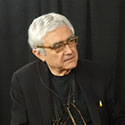
26 October 2015 | New York City
Rafael Viñoly of Rafael Viñoly Architects is interviewed by Chris Bentley during the 2015 CTBUH New York Conference at the Grand Hyatt New York. Rafael...
 Buildings.jpg)
28 October 2019
World’s Biggest (Tall) Buildings
In both professional circles and in the public eye, the subject of the World’s Tallest Building (WTB) has held the spotlight for more than a...
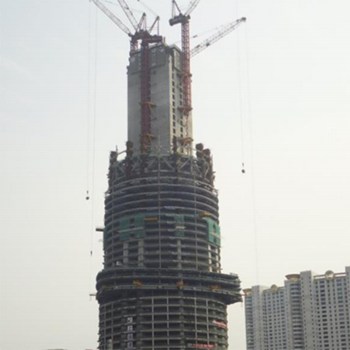
01 September 2018
Developments of Structural Systems Toward Mile-High Towers
Tall buildings which began from about 40 m tall office towers in the late 19th century have evolved into mixed-use megatall towers over 800 m....
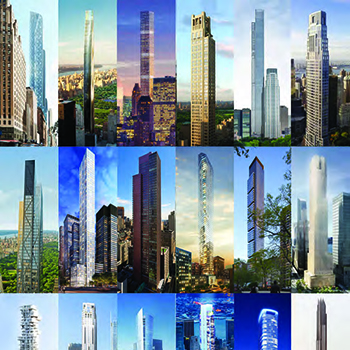
17 October 2016
Singularly Slender: Sky Living in New York, Hong Kong, and Elsewhere
This paper highlights a new 21st-century skyscraper typology – the very tall and slender residential tower – and analyzes the economic, engineering, and urbanistic forces...

11 September 2011
Just as many Americans still remember exactly where they were when they heard the news that US president John F. Kennedy had been shot, most...

01 September 2008
Trends, Drivers and Challenges in Tall Buildings and Urban Habitat
This paper outlines the major influences on tall building design in the early stages of the 21st Century. At this unprecedented time in terms of...

12 June 2008
The Tallest Buildings in the World: Past, Present & Future
Over time, the average height of the 100 tallest buildings in the world has been steadily increasing. However, by 2010, this average height will have...
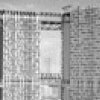
16 October 2005
This paper analyses the skybridge links of the numerous re-design proposals for the World Trade Centre Towers, with the aim of establishing their advantages and...
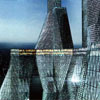
16 October 2005
Bridging the Gap: Proposed Evacuation Links at Height in the World Trade Center Design Entries
This paper proposes to analyse in detail the skybridge links of the WTC replacement designs – impact on evacuation, structure, façade, tower operation etc –...

16 October 2005
Tall Building Emergency Evacuation: “Time To Think Differently”
This paper presents developments in the area of high-rise building emergency evacuation solutions, especially in three categories: Platform Devices; Chute Devices; and Controlled Descent Devices,...
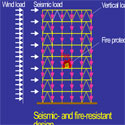
10 October 2004
A Study on the Collapse Control Design Method for High-rise Steel Buildings
This paper presents a new collapse control design method for high-rise steel building structures. The method presented here to prevent progressive collapse until the completion...
28 October 2015
CTBUH 2015 delegates toured One World Trade Center Office Building which is the current tallest building in the Americas.
28 October 2015
CTBUH 2015 delegates toured 30 Park Place which will house the Four Seasons Hotel and Private Residences Downtown New York.
20 November 2014
The CTBUH Israel Chapter was a major presence at the annual Building Center Summit, in Eilat City, drawing over 2,000 people.
6 September 2011
In the week that we mark the tenth anniversary of the 9/11 events and the collapse of the World Trade Center towers CTBUH reflected on the impact on tall buildings.
Subscribe below to receive periodic updates from CTBUH on the latest Tall Building and Urban news and CTBUH initiatives, including our monthly newsletter. Fields with a red asterisk (*) next to them are required.
View our privacy policy